Travelling through Spain over the last two years has been an enlightening experience that has taught us plenty, surprised us consistently and captivated us completely. Ever since our first steps on these shores, when we set out on our nomadic adventure in March 2016, each of our three return trips to Spain have opened up our eyes to a rich culture, a diverse landscape and an enthralling history. Above all Spain has wriggled its way into our affections and allowed us to see beyond its ‘Costa’ reputation. A deep respect for this fascinating and bountiful country has grown within us and leaves us wanting more.
As we have completed this year’s exit from this delightful country, it feels appropriate to track back our Spanish travel trilogy – three visits in three separate years – in the vein hope to capture some of our adventures and highlights as we uncovered this much misunderstood southern European country. The Interactive Map below represents the Spanish adventure that we have embarked on and whilst it still remains an incomplete jigsaw, it has created enough intrigue for us to return each winter to put a few more pieces into our Spanish Masterpiece. Click on the map for an extensive compilation of Points of Interest, campsites, wild spots, co-ordinates, images and links to old blogs and videos that we have taken during our time in this land of fiesta and passion.
To accompany that we have offered a short write up on each of the seven regions we have allowed our wanderlust to play in the hope that it might inspire you to return to the map to pin point exactly where we’ve been and called home. Enjoy this Spanish Compilation and let it whet your adventurous spirit.
This landlocked region of north-eastern Spain cries out for attention as so many flock for the coastal fringes of Spain’s Costas. Although the sun seekers’ loss is a traveller’s gain as this northern territory offers history and scenery in poetic partnership. Aragon’s very first offering as you drive through the Somport Tunnel is the once grand, Canfranc Estacion, calling for you to rest your eyes upon its 365 windows and half a mile long platform. A ghost station that demands your respect even in its abandoned state. That said, these days it is a grand hotel, although still worth seeing.
The mountains beyond offer you monasteries and chiselled hamlets with religious acclaim, not to mention the panoramic vistas across to the Pyrenean foothills. And of course you can’t pass by en route south without calling in to see Albarracín with its medieval wall-city, Moorish fort ruins and its 16th Century Cathedral. Perhaps a night in Teruel, Spain’s highest town will tempt you to observe its Mudéjar architecture, a fusion of Gothic and Islamic styles that is unique to the area.
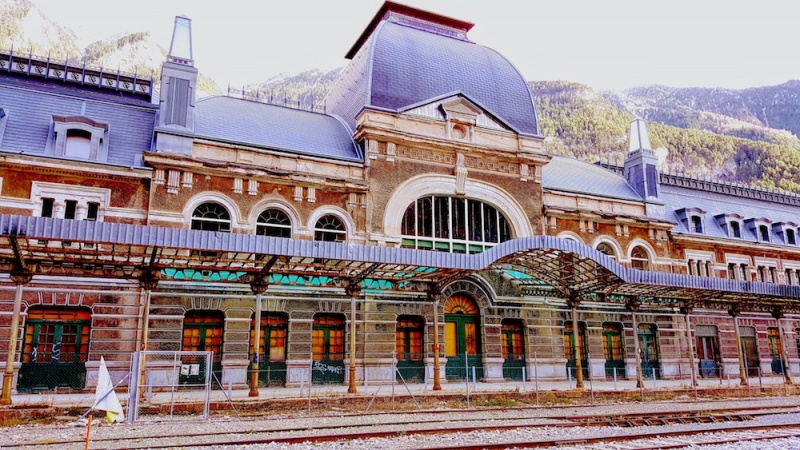
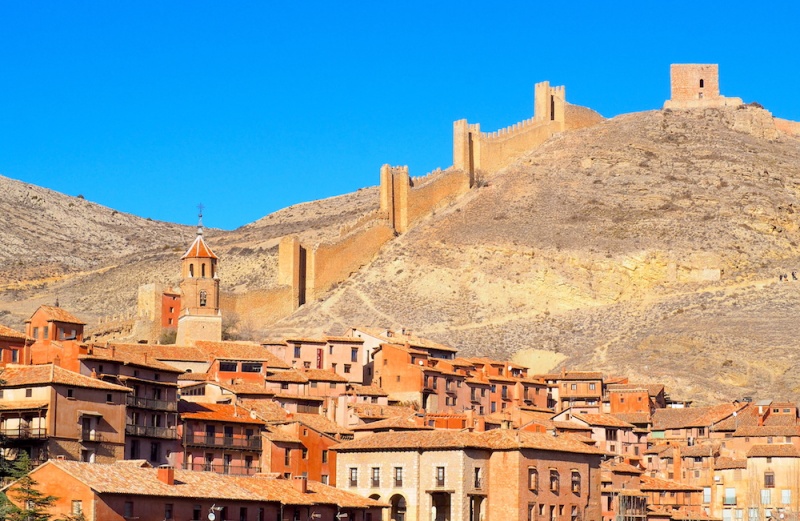
This is Spain’s second largest region stretching from its south-western most borders with Portugal right across to the south-east fringes. It is one of the most diverse regions as it binds together mountains, coast, wetland and dunes, embraced by the most enthralling historical wrapping you can imagine. With Christians fighting against the Moors, who from their North African neighbour, set out to conquer the whole region within four years. The Moor’s dominance is clear to see throughout the region with Cadiz, Granada, Seville and Cordoba show-casing their Moorish dominance and architectural influence.
Although don’t be bewitched by their impressive buildings at the expense of Ronda, for its precarious habitation above the stunning El Tajo gorge is a sight to be seen. The iconic arches of the Puente Nuevo bridge built high above the valley floor, connects the old and new town and its atmospheric prowess certainly commands your attention.
Deep in the mountains north of Cadiz, you will find the Pueblo Blancos – villages of built entirely of white stone, most of which are nestled within the heartland of the Sierra de Grazalema National Park. Grazalema is our favourites with its steep, cobbled streets and authentic village ambiance, you feel humbled by its beauty. And just further east, past Granada the Sierra Nevadas provides humble abode to the isolated mountain retreats of Las Alpujarras – the most authentic place to experience Spanish artisans. The journey through the mountains is a delightful step back in time which will pique your cultural curiosity.
To the far west, mention must be made to the diverse landscape of Doñana National Park – an important wetland area for wildlife in particular the protected Iberian Lynx and Imperial Eagle. Twinned with the Camargue region of southern France, Doñana is of significant importance and has become a UNESCO World Heritage site and whilst no doubt impressive – it is the draw of the eclectic, Wild West-style town of El Rocio that captivates many explorers with its cult status pilgrimage in late May. El Rocio defies description and is just one of those places you have to visit and see with your own eyes, although be warned if you go in the festival season in May (or to be more precise 50 days after Easter Sunday), you will be sharing the experience with 1 million other people intent of participating in this unique gathering of brotherhood members.
Whilst many descend upon the Costa del Sol with Marbella, Torremolinos and Malaga at its heart – it is beyond the sprawling mass of high-rises, villas and Golf Courses where you will find the truest and finest mountain experience. 50km from Malaga and the Guadalhorce National Park – Spain’s Lake District entices you into to hike this mountainous region. With special mention of course to the infamous El Caminito del Rey, one of Europe’s most dangerous walks through the canyons of the Garganta del Chorro, which is something that simply must be done. The Land Beyond Malaga is something else and must surely be witnessed by us.
And last, and by no means least – if getting off the beaten track is an important part of your travel ethos, then the Sierra de Cazorla, Segura y Las Villas is the cherry on the cake. In the centre of Olive Grove central just east of Jaén, this mountain region which represents the largest National Park in Spain, is one of those places that has cameras clicking and visitors muttering the immortal words of ‘Ooh’ ‘Ah’ and ‘Wow’ several times a minute. So much wild beauty that the sandy beaches of the Costa’s simply can’t compete with – whilst pretty in their own way if you can see beyond the concrete jungle. Andalucia – the most diverse and wondrous region of Spain.
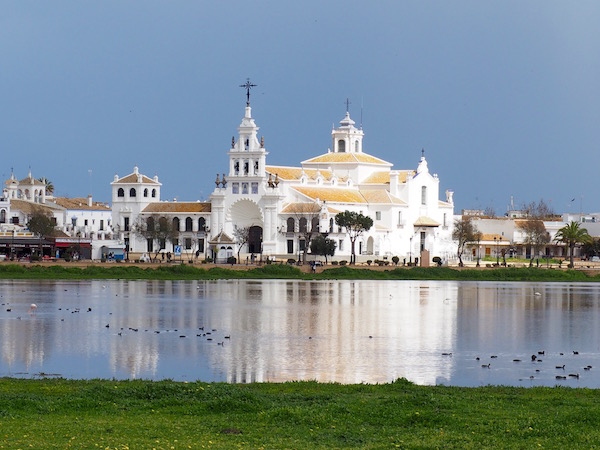
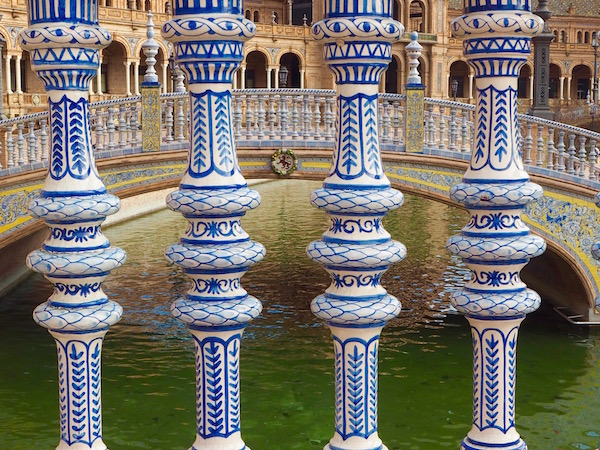
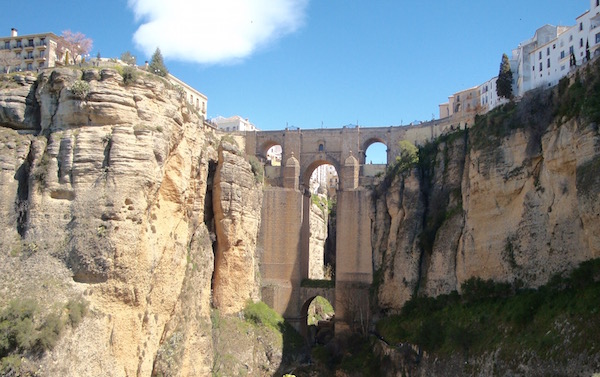
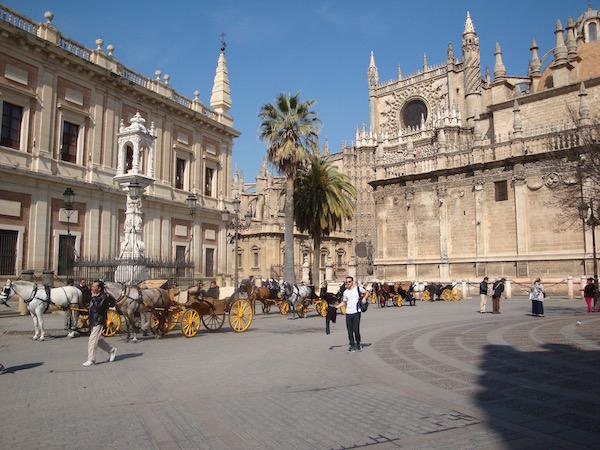
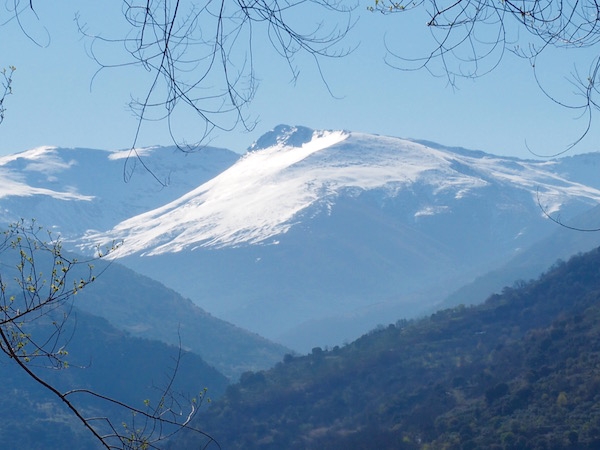
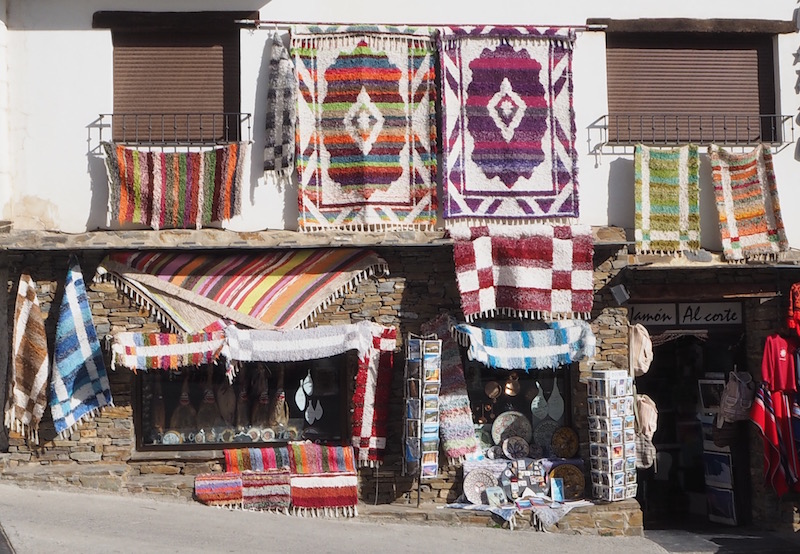
Having high anticipation of our Spanish exploration when we arrived early March to snow, we were somewhat amused. Where was the iconic sunburst that we had planned on enjoying? Where was that illusive blue sky that Spain is so famous for? It certainly wasn’t in this northern region of Spain. Still, regardless of minus temperatures, we were determined to enjoy our virgin experience of this mighty country and especially as there are three major UNESCO sites in a golden triangle.
First of all you have Burgos, capital to this Castilla region and packing a mighty punch with its ‘still in tact’ medieval Cathedral. Still in tact is a gross exaggeration as this architectural feat defies the laws of erosion. This is a fine example of Gothic design and is most famous for its tomb of El Cid. Entry is only €7 and to walk around this stunning piece of art – whether you love churches or not, quite honestly is irrelevant. You cannot walk away from this experience without being humbled by its prominence.
2.5hrs down the road you will find your second UNESCO site and this was our favourite of the three. As from the moment you walk from the origins of the immaculate Roman aqueduct down the steps towards the old town, you realise that Segovia is full of historical splendour. Cobbled streets that wind their ways uphill give you a great vista across the Spanish landscape and within the city walls, every corner you turn is yet another throwback in time. You could almost imagine yourself in a Dickensian novel. And whilst the cathedral is undoubtedly a work of art, it is the Disney-style Alcazar that truly owns the town and our affections. Whilst it has been renovated and in fact is still work in progress, this is a wonderful sight that goes well beyond the crass Instagram pose. Segovia’s buildings and her resident storks that often do a flypast, are just mesmerising and a day is simply not enough – just a flavour. Spend more time here if you can as its history and architectural charm will render you speechless.
Just two more hours west towards the Portuguese border you will find the third UNESCO, which if you’re not already sensationalised-out, will leave you with warmth and charm. Salamanca different yet again to its siblings with the river and its bridges creating the first impression. With the somewhat sprawling new town on the other side of the river, you wonder whether the inner sanctum will stack up and that is a big resounding YES. Within the city walls you have a blend of cosmopolitan energy mixed with historical prowess that as you climb the steps towards the fortress gives you a bird’s eye view of the town below you. It is full of character and with its sandstone walls will entice you to stay awhile.
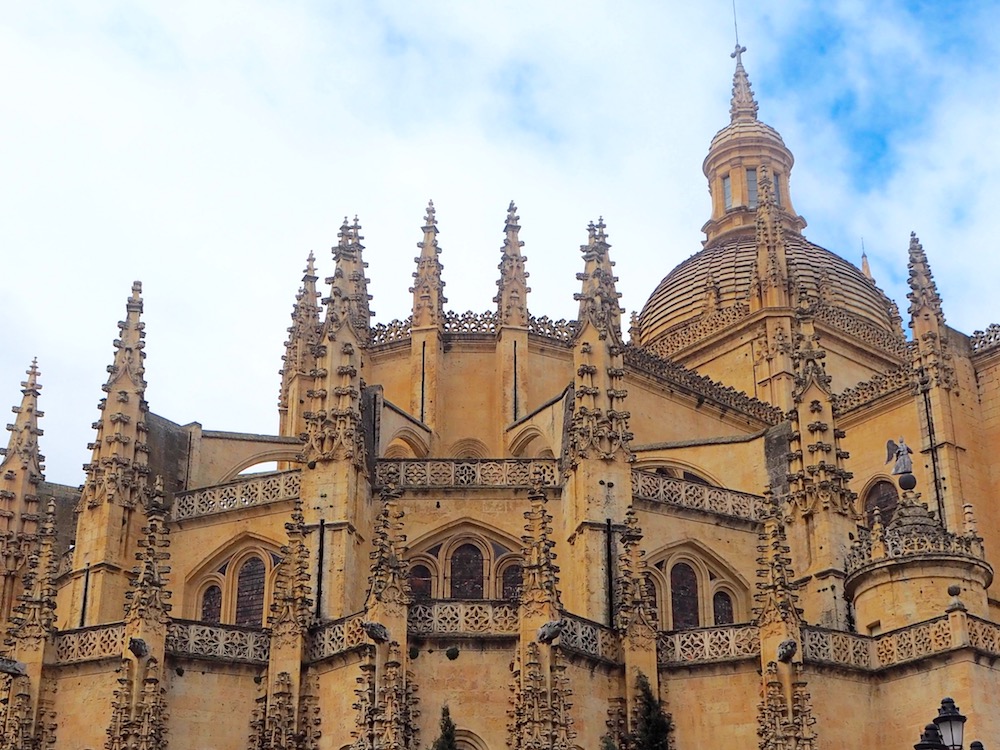
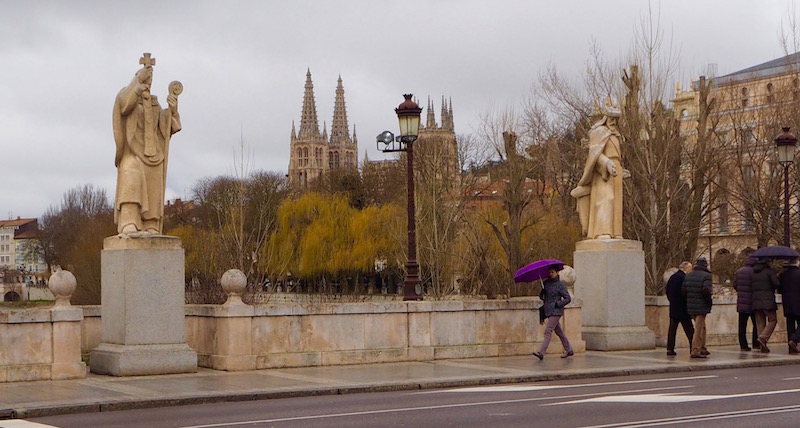
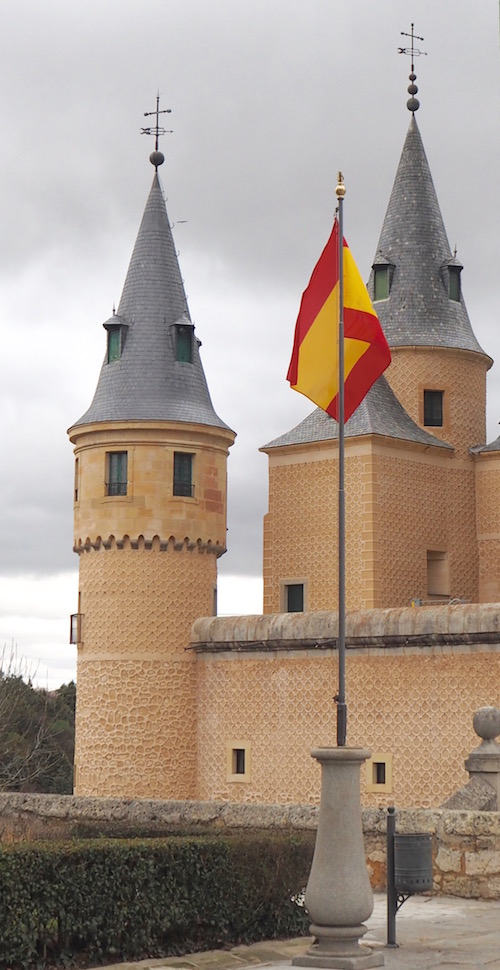
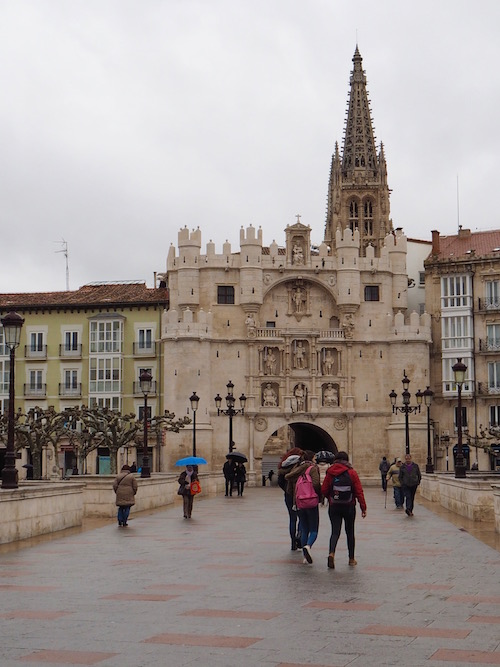
Receiving big media coverage in 2017/18, this north eastern region of Spain has been, and continues to battle for independence. Catalonian’s passion for their unique identity is evident around the region as their express their feelings with flags, posters and yellow ribbons. Irrespective of what the world may think about the politics, Catalonia is host to some seriously beautiful countryside, cities and culture. It packs a real punch when you look at Barcelona! What more could you ask for from a city? Art, class, history, architecture beauty, coast, texture. However you feel about cities, Barcelona will impress. And that’s before you look beyond Barcelona and see the richness of Monserrat and the limestone pinnacles that rise out of the earth, housing the most incredible Monastery. And what of the charming seaside town of Sitges? These are just some of Catalonia’s gems that need our time and admiration.
The Costa Brava region is delightful – a craggy coast with hidden bays, peninsulars and a classier waterfront than its southern cousins. Secret villages that provide a creative retreat like the charm of Salvador Dali’s home Cadaques and L’Escala, just around the bay is another delightful place. If you are looking for more of a city vibe then Girona might fit the bill, with its young community, music and flower festivals, we’re sure that its chic streets might lure you.
If it’s off the beaten track you long for, then the likes of hiking in the Monserrat mountains or even an exploration of the small yet beautifully formed Peralada and Besalu could well appeal and it is tucked away in these countryside hamlets that you will find hidden history of warriors defending their land and diverse locals looking to live in harmony together. Not much has changed over the centuries. No tourists, just the ghosts of a time past and a few locals on a day out from the city.
Catalonia is rich in landscape and history – both ancient and modern and all we can do is to watch their evolution and enjoy their offerings.

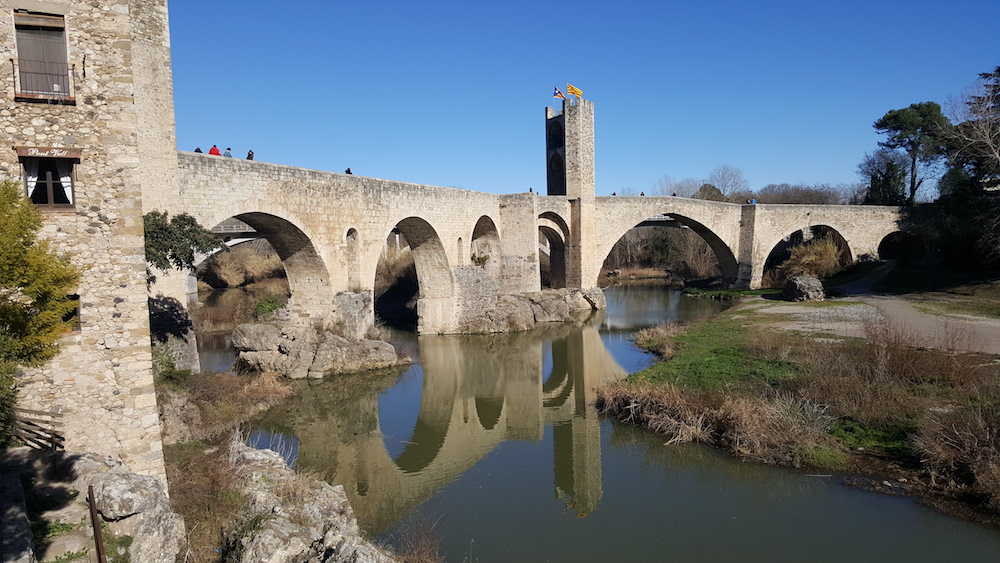
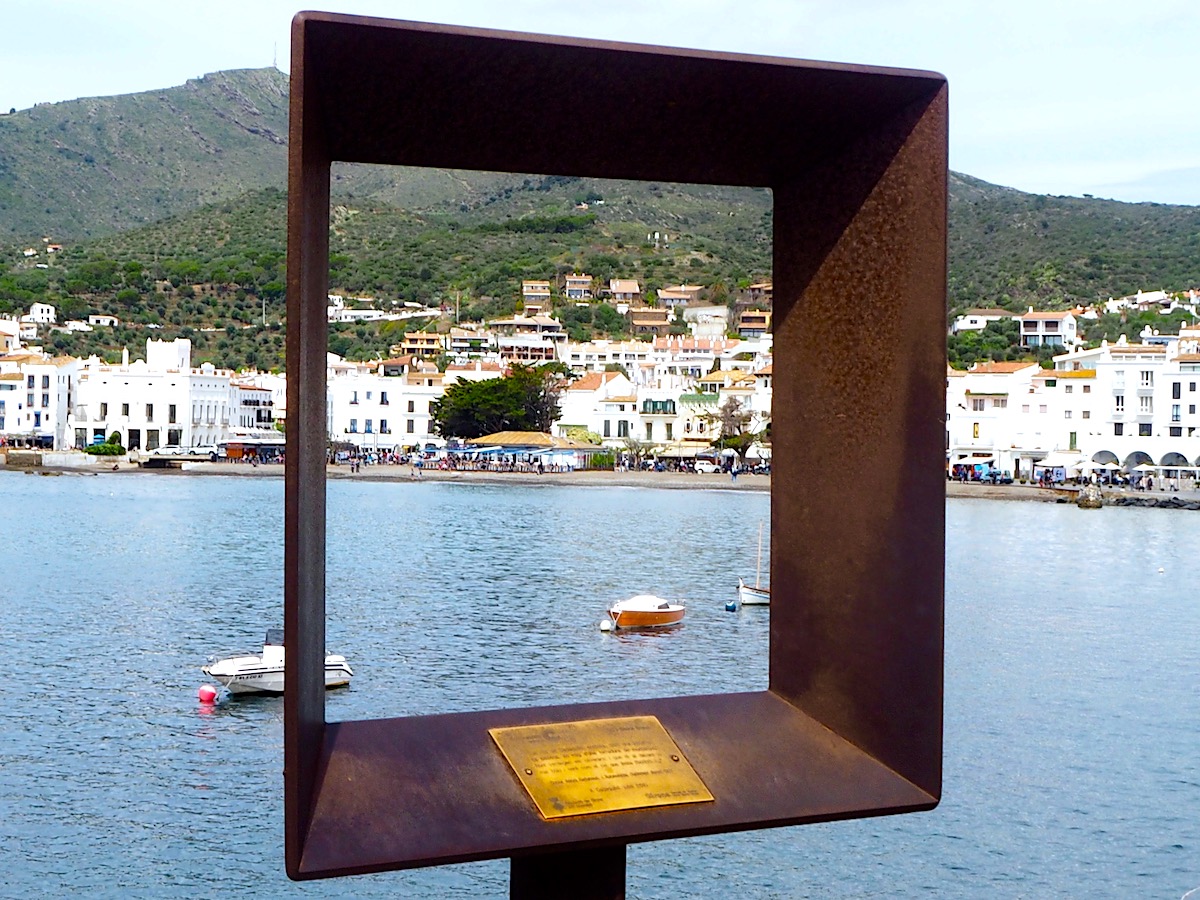
The highlight for us of this land-locked region has to be Spain’s largest and newest National Park – Monfragüe (pronounced Monfrauway). Tucked just east off of the highway, this vast Park is home to the most incredible wildlife; most significantly its raptors and other birdlife. Monfrague with its reservoirs and rolling hills and mountains play host to 9th century castles with history seeping from every stone of its remnants to cave dwellings showing us a life way back when. And if that isn’t enough, the park is home to many protected breeds of birds such as the majestic Black Stork, Egyptian Vultures, Imperial Eagles and White-bellied Swifts. You can take a bird-watching tour and be guided around the birds’ safe havens, although taking your own tour will give you amble opportunity to see clouds of raptors take to the sky and nest up in the craggy rock faces.
Whilst these region has undoubted other highlights, for us this was the stand-out and is a very special place to watch wildlife thrive in an unthreatened environment. It’s a timeless landscape that will have you enthralled.
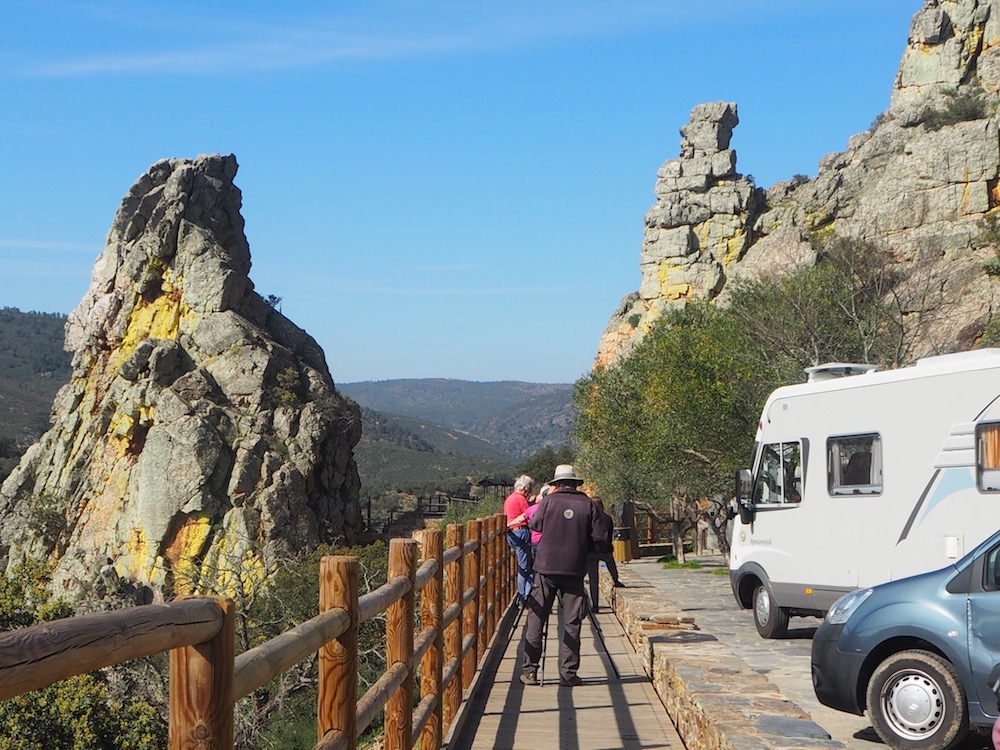
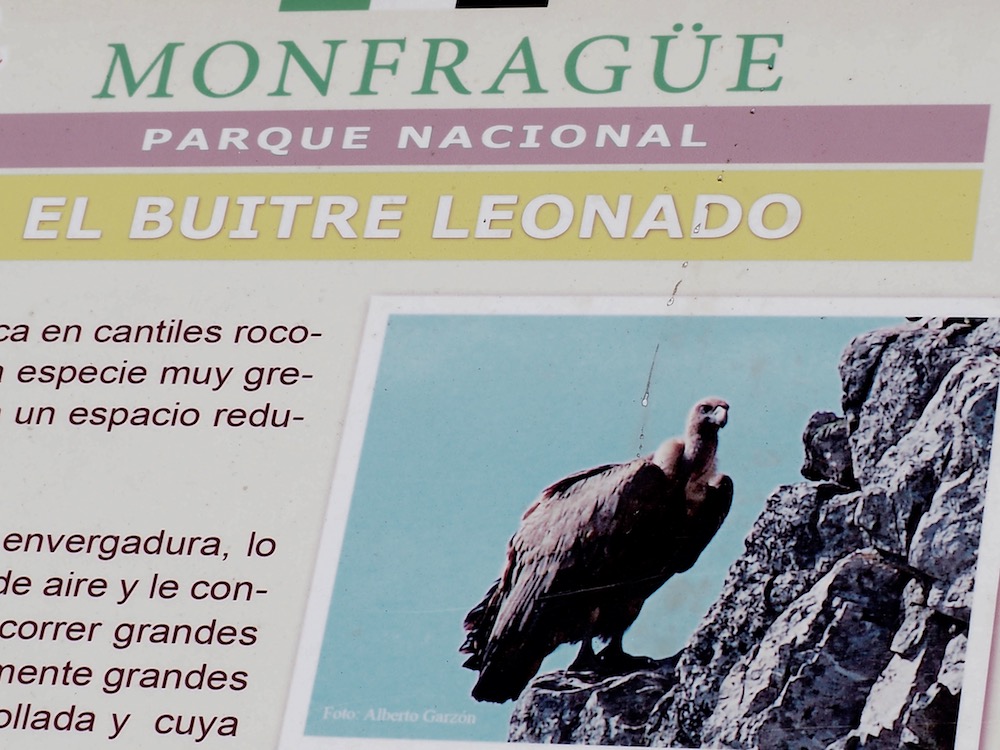

Murcia at first glance feels like it is one of the least explored regions we have visited. And yet as I pin-pointed our highlights I was surprised by how many amazing little gems we found. Beyond the sea of Greenhouses, which is central to Murcia’s economy, your wanderlust will be seriously exercised. For example how about the delights of the craggy Cabo de Gata coastline where the rocks look like they have been hand-chiselled? Or the architecture from the Romans through to modern day designs in the vibrant city of Cartagena? Or the mesmerising display of Aguilas during its February carnival period that will have you feeling like you’re in Rio de Janeiro or somewhere in a Mardi Gras?
Perhaps something more tranquil and authentic would better suit your needs, if so then look no further than the Ricote Valley, just an hour away from the region’s capital Murcia. This quiet, off the beaten track valley is donned with citrus orchards that omit their mesmerising aromas and blossoms in early spring. Authentic Spanish villages where no English will be spoken, allow you to be transported into a period where life has been untouched by modern technology. Bodegas, with their home-made liquor and markets full of local produce will make you feel like you are in the heart of traditional, old Spain, leaving behind the images of the greenhouses and hotel strewn coastlines. Murcia is a little bundle of delights and not just a region to be passed through to get to the resorts east and west. Charm, history and genuine Spanish life will magnetise here and ask you to stay awhile.
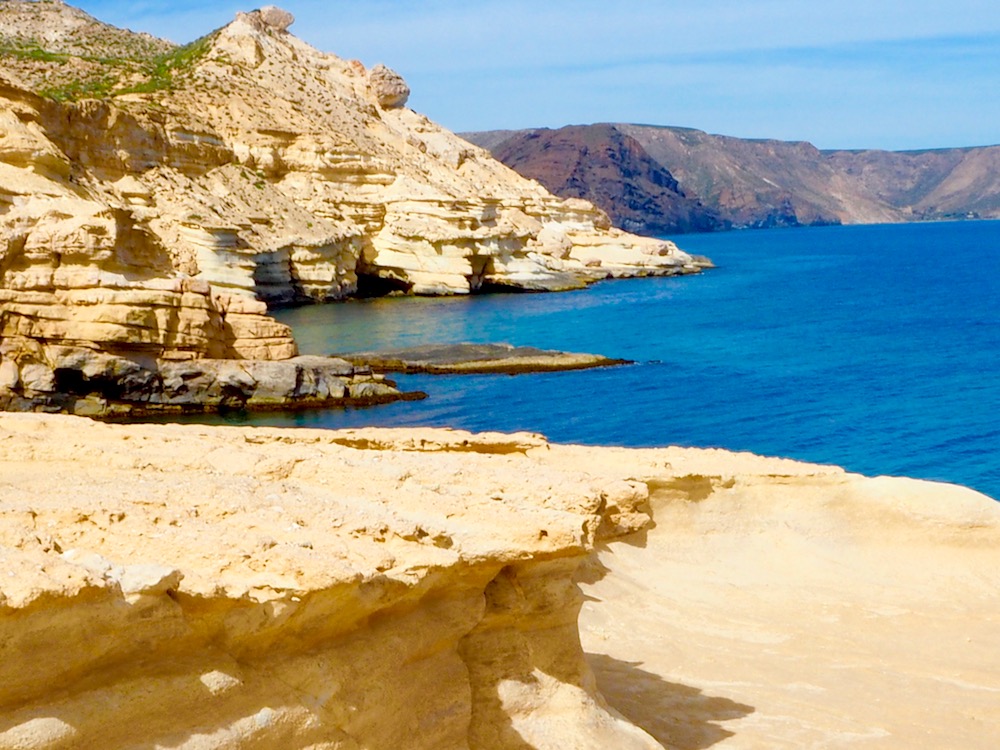

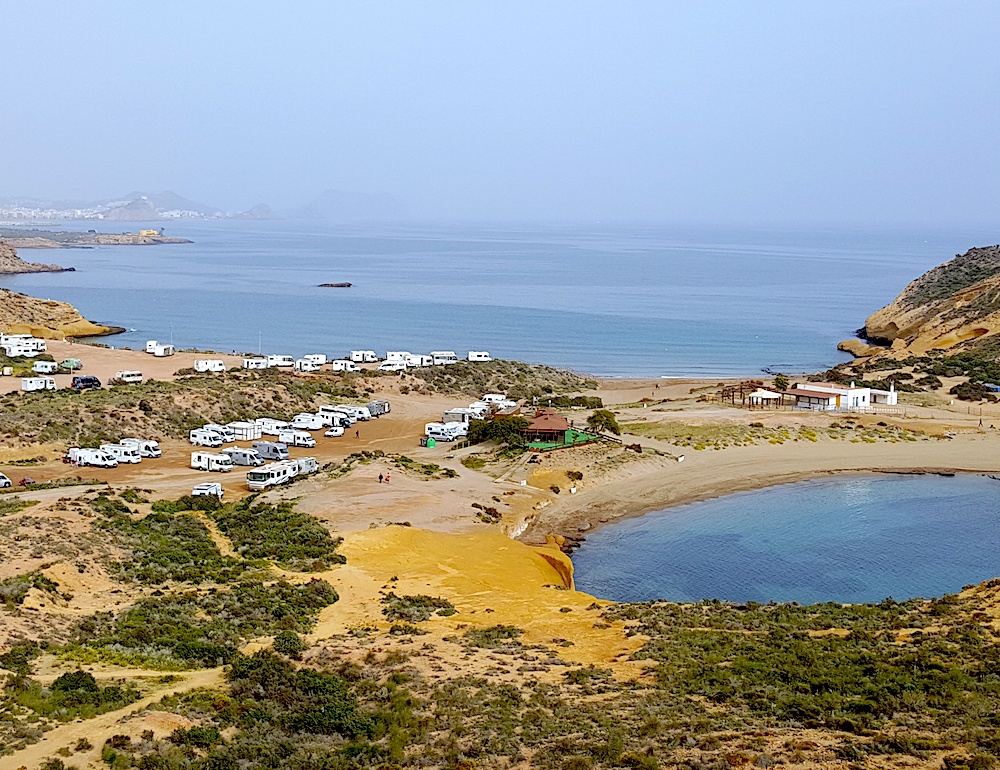
Valencia Community – Rich in Fiestas and Traditions
Reaching down to Benidorm and the Costas in the south, through to Denia and Castellon in the east and north of the region, the Valencian Community has tradition and fiestas at its heart. In the region’s capital, Valencia and Denia in particular, the greatest spectacular is in March where we defy you to not be engaged in this region’s atmospheric celebration of Las Fallas, where massive statues are built for St Joseph’s day on 19 March and then burnt a week later. With processions, traditional costume and a party vibe, March in this region is one of the best places to be in Spain. And that’s without the Semana Santa celebrations.
Valencia as a city satiates every single sense and appetite. For those who love the modern scene, then the futuristic museums will wow you and as you walk through the yoga filled parks that place themselves in the old river bed, the old town and ancient bridges will delight too. Valencia really has it all and is a wonderfully sensual city that I imagine you simply can’t get enough of.
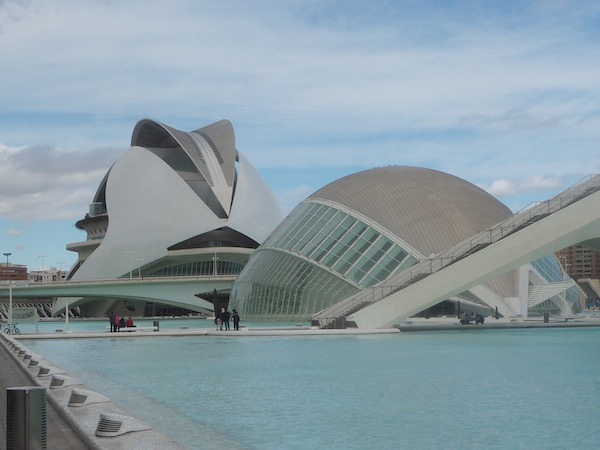
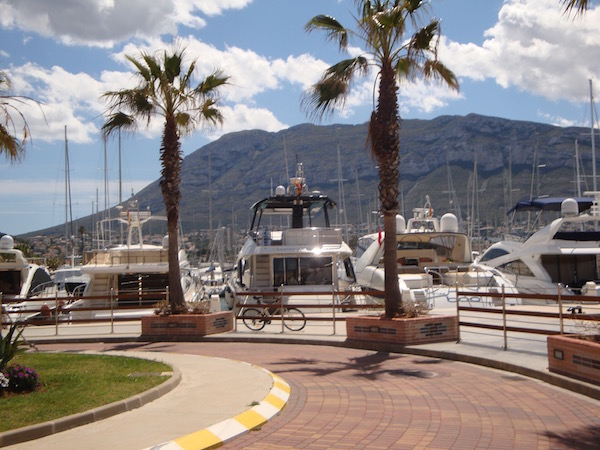
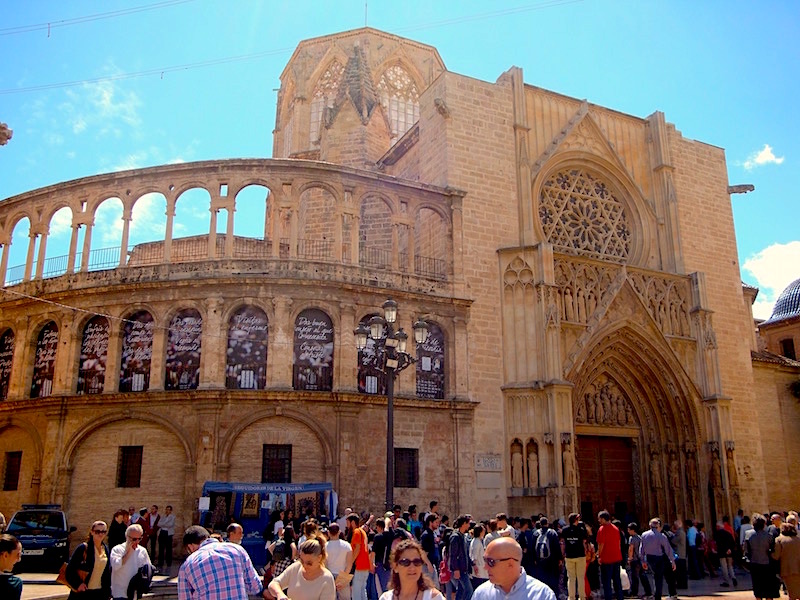



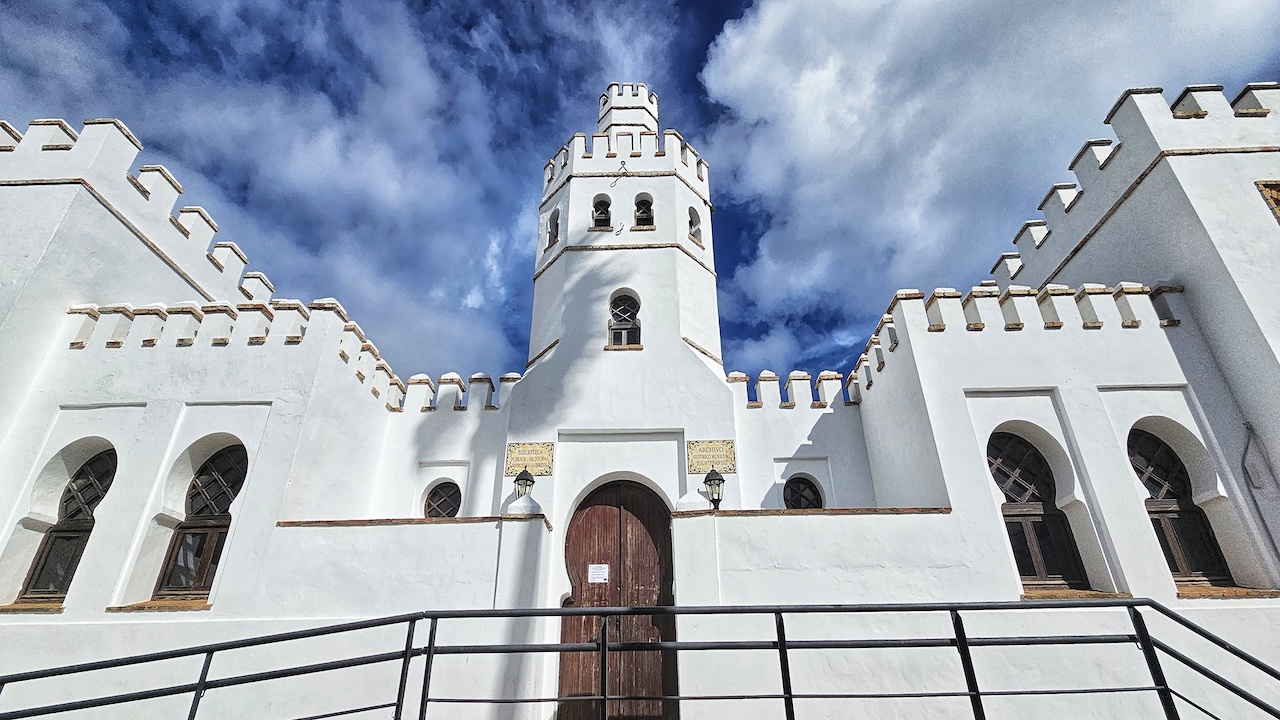
Absolutely wonderful, everything about it, so makes me want to follow In Your “ tyre tracks” , I think everyone deserves an adventure, even me, well for now it’s a dream, but one day a reality I hope.
Morning Julie. Thanks for your lovely comment. Glad it is offering some inspiration and you are so right we all do deserve to live life to the fullest. Hold the dream and work towards its reality and in the meantime we’ll keep on enticing you 😉 Kx
Wow, we were in northern Spain and Portugal in September, but missed a few places you mention. Time is always tight. This year we are heading down to cadiz then into the algarve, up to Lisbon then heading back across into Spain. 22days, still not enough, but we hope to visit as many destinations as we can, as were not o es for staying in any one place too long.. Enjoyed reading your blog, and the map will certainly help us out… Cheers..
Morning Kevin, we’re like you – when there is so much to see why do you need to stay in one place for too long? Exploration and balance is the key. Enjoy your travels Spain/Portugal trip. Kx
What a wonderful insightful post. It makes want to jump up and go..we are in Northern Spain for 3 weeks in September and will try at least to trace a few of your footsteps. Beautiful photos too, thanks for sharing your experience.
Morning Sharon. Thank you, glad you enjoyed it. September will be here before you know it. Let us know how your journey goes. Kx
Thank you for your very informative condensed blog of Spain. We love all your blogs and find them very helpful. We have visited quite a few of the places you mention and at present we are in Torre del mar and moving on to El Rocio, your review inspired us, and then on to Portugal for about 4 weeks. Thank you too for all the beautiful photos.
Hi Enid, you are very welcome. I’m glad that you enjoy what we write about and that you find them so useful. That’s great to hear. Hope you are enjoying El Rocio – what a lovely yet eclectic place it is. Warmest wishes Karen x
Hi Karen, we are going to Spain for a month from Boxing Day onwards, a bit nervous as have never been that far in the motorhome before and really have no set destinations but have just copied down several of the places you have visited. I really enjoy following your travels on Facebook. Best wishes, Iris
Hi Iris. Lovely to hear from you and so glad you enjoy our travels. Lovely to have you along with us. Spain at Christmas – what a lovely destination. I’m not sure whether you are heading down by ferry or through France, I guess with a month, you may be taking the ferry route. Just bear in mind that northern Spain from Bilbao or Santander heading south can be a lot colder and sometimes snowy and so a quick route on a motorway south might be worth considering. Once you get past Zarragoza and down off the plain into Valencia you will find a marked difference in the weather. That south east corner gets much better weather on the whole and Denia in particular next door to Javea has its own microclimate. The south coast will be busy as many of us snow-birds head down to Spain for the winter, so it could be worth you getting a spot at a campsite somewhere so that you know you have a destination. Then you can see how the weather looks and decide where to go from there. Spain is such an interesting country; the south coast is full of the Costas and yet just 15 miles inland you get so many beautiful places to visit that gives you a real feel for Spain and not the jungles of the Costas. If we can help in any way with your anxieties, then please do get in touch with us at themotoroamers@gmail.com. Be happy to help if we can. Kx
Again a wonderfully written account of your journey and equally beautiful and inspiring photos. It bought back so many wonderful memories of our 3 months in Spain 2 years ago. We would love to produce a blog of our next travels, may I ask is there a platform you have used or did you do it from scratch? It is so clever to have the interactive maps too.
Happy travels Ro xx
Hi Ro so lovely of you to leave us a comment, we’re so glad that it rekindled your memories. Myles built our platform from scratch and it is an ever evolving project. Even as we speak he is updating it. He used Word Press the professional version, for which you have to pay an annual fee. Although there is a free version of it too. I have used http://www.weebly.com for past businesses I’ve run, which are really easy to design yourself without any website building knowledge and it creates a really nice affect. Or there is a programme called Wix, which I understand is quite good. These days with so many people travelling and writing about their experiences for friends and family and professionally, the industry must make tools easily accessible and easy to use. Try Weebly as it is a really nice user-friendly resource.
The interactive maps are actually separate from the website, and I create those in Google Maps. There are others out there too like Track my Tour and Polar Steps, which all have a similar approach – so might be worth looking at that for your next trip. Hope that helps.
Safe and happy travels to you too Ro. Warmest wishes, Karen x
I’ve just stumbled across your website which looks fab! We’re travelling from France to Spain next week so this is a huge help. I can’t find your Interactive Map you mention on this page? It looks like the link above “Aragon’s Special Three” is broken?? Happy travels!
Hi Cathy, thanks for that. We’ll take a look. Happy travels.